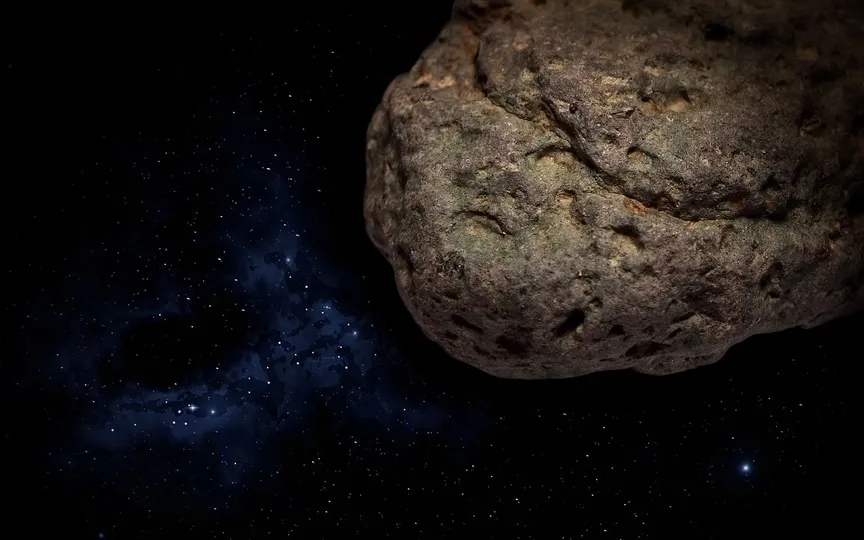NASA reveals that an aircraft-sized space rock will closely pass Earth today during an asteroid flyby.
Two asteroids, one the size of a house measuring 56 feet wide and the other smaller but almost as big as a bus, passed by Earth yesterday. NASA had been tracking both space rocks in their orbit and confirmed that they posed no threat of impacting the planet. This was made possible by the use of telescopes like Pans-STARRS1 in Maui, Hawaii, and Catalina Sky Survey near Tucson, Arizona, to detect near-Earth objects such as asteroids and comets. Ground-based radar technology was also utilized to gather precise information about the trajectory and characteristics of the asteroids. Thanks to these advanced tools, NASA has identified an asteroid expected to pass by Earth today, March 14.
Asteroid 2024 EH3
The asteroid was discovered by NASA’s Center for Near-Earth Object Studies (CNEOS), which is responsible for monitoring the sky and observing various Near-Earth Objects (NEOs). It has been named Asteroid 2024 EH3. This Earth-like space rock is expected to make its closest approach to the planet at a distance of 2.49 million kilometers today, March 13.
NASA says it’s already heading toward Earth at about 36,517 kilometers per hour, which is much faster than an Intercontinental Ballistic Missile (ICBM)! The asteroid measures 93 feet across, making it almost the size of an airplane. Although it will come close to the planet, it is not expected to affect the surface.
Asteroid 2024 EH3 belongs to the Apollo group of Near-Earth Asteroids, which are Earth-crossing space rocks with semimajor axes greater than the Earth’s axis. These asteroids are named after the huge 1862 Apollo asteroid discovered by German astronomer Karl Reinmuth in the 1930s.
It has passed Earth before, and this is not its first close approach. This asteroid passed the Earth for the first time on February 8, 1940 at a distance of about 69 million kilometers. After today, it will come close to Earth again on June 9, 2029 at a distance of 66 million kilometers.




